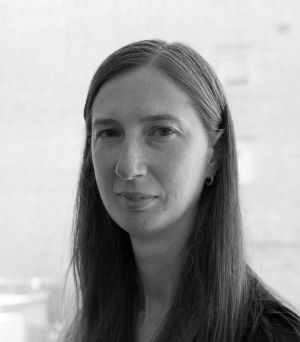
In this extra post, we share with you the Collegiate Commentary from the latest Teaching Matters newsletter: Five key insights to engage successfully in ‘Building communities’. In the Collegiate Commentary feature, we ask colleagues from other universities and institutions to provide a commentary on ‘Five things…’, and share their own learning and teaching reflections, resources or outputs on the same topic. In this newsletter, we welcome a commentary from Professor Jenny Marie, Head of Academic & Learning Enhancement at the University of Greenwich.
The Coronavirus pandemic has refocused attention on community building in Higher Education, for student and staff wellbeing and for student learning. At my institution, the University of Greenwich, social isolation was cited by a significant number of students as the most challenging aspect of blended learning during the pandemic. I also heard many staff talking about the difficulty of teaching to circles in boxes and how it had taken the enjoyment out of teaching. If we want to ensure that our students get the most out of their time at university, and that staff regain their love of teaching, we need to rebuild and strengthen inclusive learning communities: these key insights provide great ideas about how to do so.
Building communities online is not straightforward – but with hybrid working becoming more normal, our students need to learn how to collaborate and work together online. The use of online discussion boards as learning resources, as occurred in Dr Simone Dimartino’s Engineering Principles 1, has added another way for students to engage with their learning and to do so in a way that allows for the social construction of knowledge with their peers. In a multi-institutional collaborative project on inclusive assessment, the project team identified meaningful communication as a key attribute of inclusivity, with the need to use different levels and modes of communication to ensure information is distributed to all students. This echoes the work of Sam Fawkner, Emily Birtles, and Giulia Pinton at the Moray House School of Education and Sport in building inclusive communities.
In fostering meaningful connections, we can ensure that all students know they matter, whether they are PhD students like those at the School of Philosophy, Psychology & Language Sciences, or students that universities have traditionally found it harder to cater for, perhaps because they are in a liminal space like PGT students or spend less time on campus as part-time or commuter students. At Greenwich, my colleague Louise Owusu-Kwarteng has collated anthologies of sociology students’ autobiographies to illustrate how their lived experiences relate to social and political structures and the intersections between them. This enables students to draw on their backgrounds to relate to the subject and enables meaningful connections to be built between Louise, the students, and each other.
Student-led initiatives are particularly powerful for building communities. Over the years, I’ve seen students lead writing retreats and student conferences, like those funded by the Student Staff Initiative Fund. A good example at Greenwich is a student and staff female science group formed during the Coronavirus pandemic, where the issues of being a woman in the field and working during the pandemic are discussed. As Yuemiao Ma highlights in the thoughts for the future, these initiatives often need staff support in order to be sustained, and working together on them provides a great opportunity to build stronger student-staff relationships and students’ engagement with the institution.
Peer support is also key, and whether our students have access to peer support schemes or not, teachers may want to reflect on how they encourage student-student support as well as encourage students to reach out for the staff support that’s available. For example, asking students to identify strengths they can use to support others both helps develop students’ self-efficacy and supports peer learning.
Ultimately, though, Bradley Sharples is right – if we want to take the building of inclusive communities seriously, we need to develop theories of change. Why would we expect, and how, will initiatives lead to communities being built, as opposed to the short-term and more limited immediate outcomes of the work?
 Jenny Marie
Jenny Marie
Prof. Jenny Marie is Head of Academic & Learning Enhancement at the University of Greenwich, where she works to enhance education across the institution. She is also currently chair of the University Alliance PVC Learning and Teaching Network. In her role at Greenwich, she has co-developed the institution’s Student Success sub-strategy and is co-leading its implementation. She is also developing her team to provide support to staff in new areas, such as technology-enhanced learning and educational leadership. Throughout the pandemic she worked with the Student Union to better understand students’ experiences and needs. She has conducted research as part of a QAA-funded collaborative project on inclusive assessment, which was based on pandemic experiences. She has a long-term interest in student partnership, having previously led UCL’s student partnership scheme. She tweets at @JennyAMarie.

